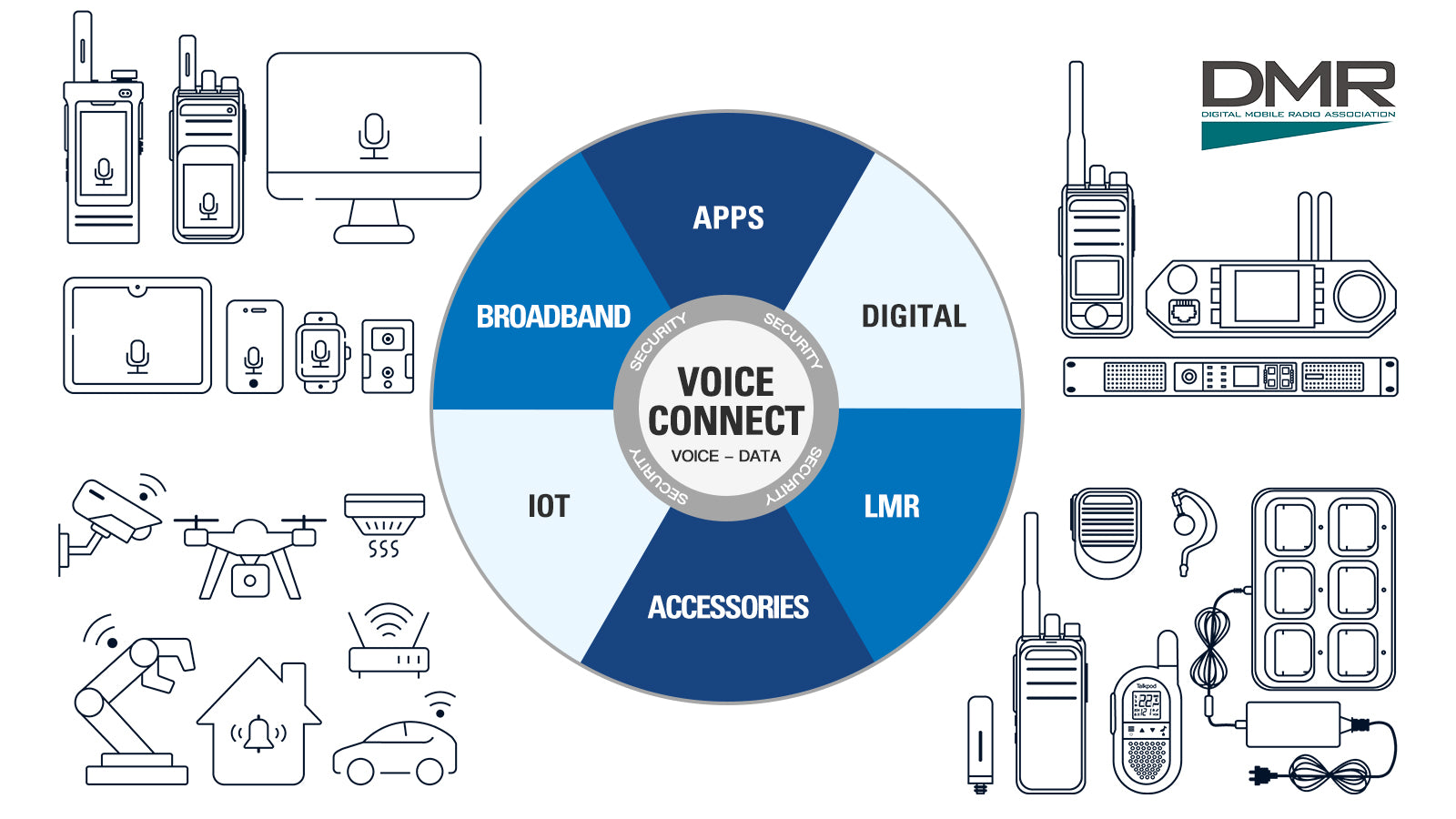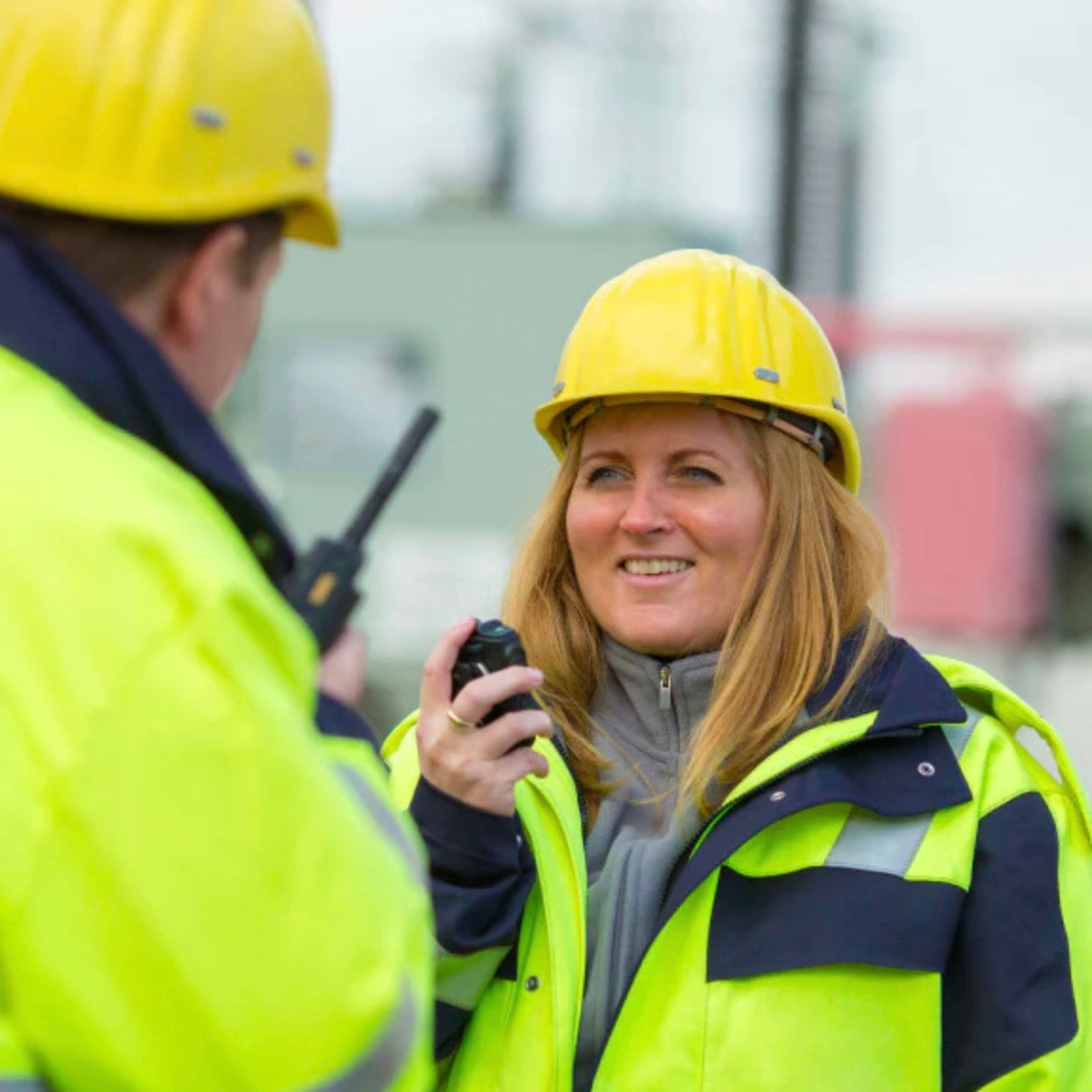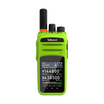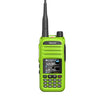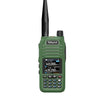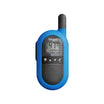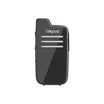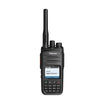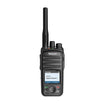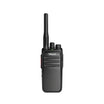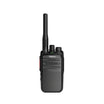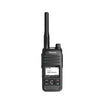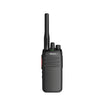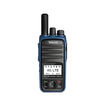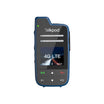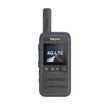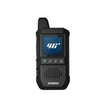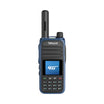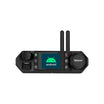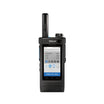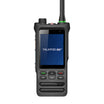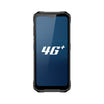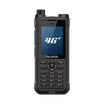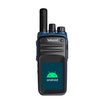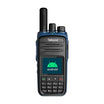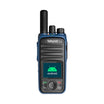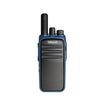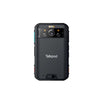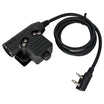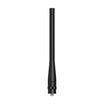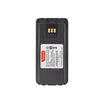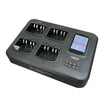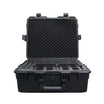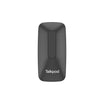What is Audio Distortion?
Audio distortion in two-way radios refers to any alteration or deformation of an audio signal, leading to a deviation from the original sound. This phenomenon can manifest as crackling, hissing, or muffled voices, making communication difficult or unintelligible. It essentially distorts the intended message, leading to potential miscommunications, especially in critical situations where clear communication is paramount.
How Does Audio Distortion Work in Two-Way Radios?
Audio distortion in two-way radios primarily arises from improper signal modulation—either over-modulation, where the signal's amplitude is too high, or under-modulation, where it's too low. Each leads to different forms of audio degradation, from overly harsh and clipped sounds to faint, unclear transmissions.
Other contributing factors include:
- Interference: Competing signals or electronic noise can interfere with the clarity of radio communications.
- Equipment Quality: Low-quality or damaged radios, microphones, or speakers can distort sound.
- Environmental Challenges: Physical obstacles, atmospheric conditions, or distance from the transmission source can alter signal strength and quality.
Why Does Audio Distortion Matter in Radio Communications?
In environments where two-way radios are essential—such as emergency services, security operations, or construction sites—audio distortion can have significant repercussions. Clear communication is crucial for coordination, response effectiveness, and overall safety. Distortion can lead to misunderstandings, delayed reactions, and in extreme cases, can jeopardize missions or lives.
Furthermore, consistent audio issues can lead to frustration among users, reducing the efficiency and reliability of radio communications as a tool. Addressing audio distortion not only enhances operational effectiveness but also ensures that critical communications remain clear and reliable in every situation.
Mitigating Audio Distortion
Minimizing audio distortion involves several strategies:
- Proper Modulation: Ensuring that radio settings are correctly adjusted to prevent over- or under-modulation.
- High-Quality Equipment: Using superior radios and accessories can significantly reduce susceptibility to distortion.
- Environmental Awareness: Being mindful of surroundings and potential sources of interference can help in avoiding them.
- Regular Maintenance: Routine checks and maintenance of equipment ensure optimal performance and reduce the likelihood of distortion.
Conclusion
Audio distortion in two-way radio communications can significantly impact clarity and efficiency. By understanding what causes distortion and how it affects communications, users and organizations can take proactive steps to minimize its occurrence. Through proper equipment, appropriate settings, and environmental considerations, the integrity of radio communications can be maintained, ensuring that every message sent is as clear as the one received.


